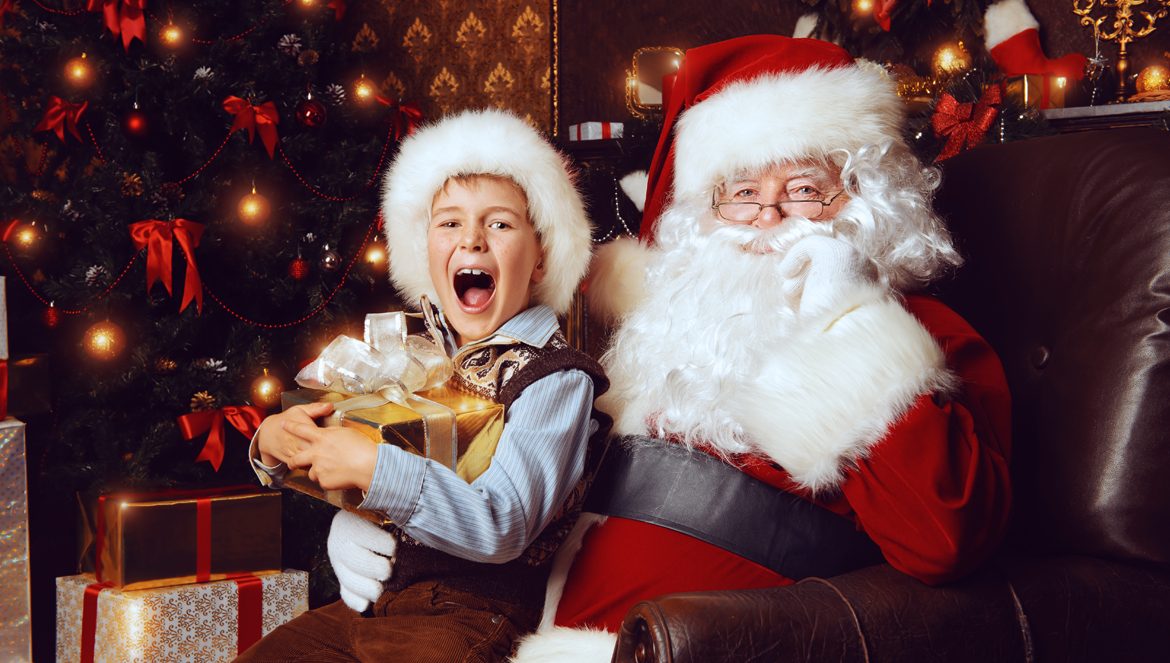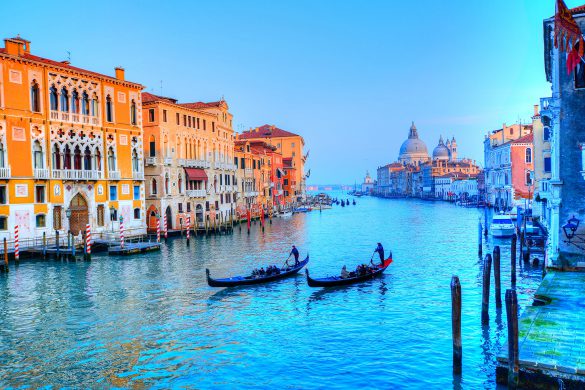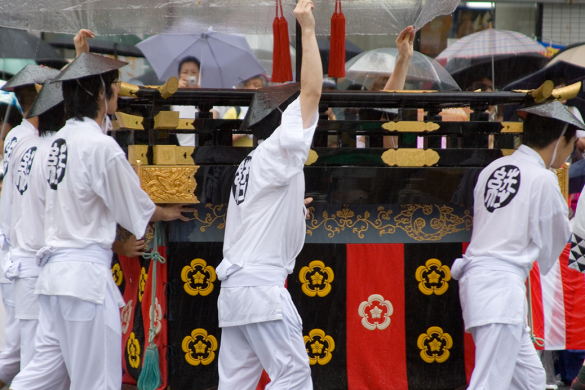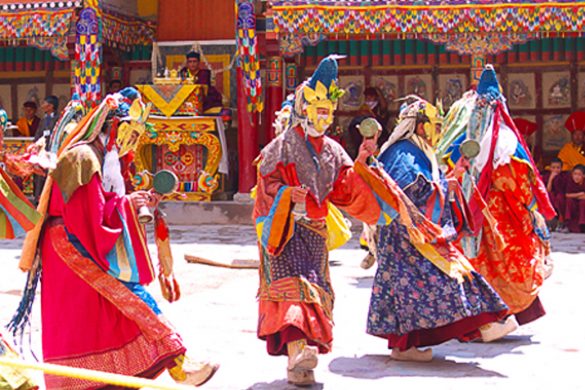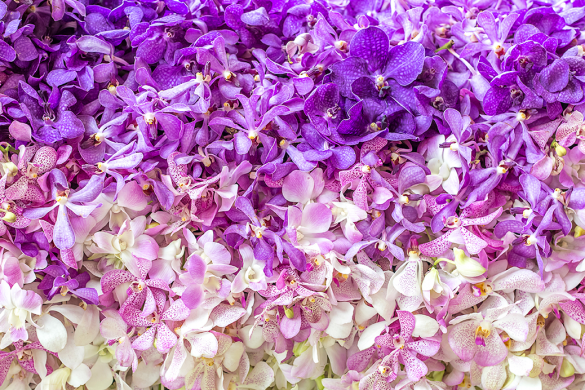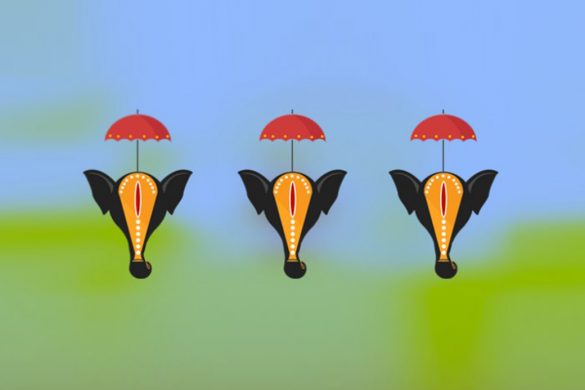The word Christmas is literally taken from the word ‘Cr?stesmæsse’, meaning Christ’s Mass, and is one of the most popular and widely celebrated festivals in the world commemorating the birth of Jesus Christ. For over two millennia, people have been celebrating Christmas, though not exactly in the form it is celebrated in today. So let’s take a walk down history and learn the beginnings of this much loved festival.
Early Europeans celebrated the winter solstice and the days following it since it symbolized the oncoming longer days which meant more sunlight again, literally and metaphorically. It was also celebrated as Yule by the Nordic people in Scandinavia.
A lot of traditions that are celebrated as a part of Christmas today originated from Saturnalia, an ancient Roman festival in honour of deity Saturn. Gift-giving on Christmas is a tradition that has been adopted from Saturnalia, amongst others.
It was in the 4th century that the church authorities decided to declare the birthday of Jesus Christ as a holiday. Owing to the confusion over the actual date of birth of Christ, some sects of Christianity do not celebrate 25th December as Christmas at all. In fact, in the 17th century under Oliver Cromwell, Christmas was banned! It is widely believed that the date for Christmas was chosen to be the 25th so as to easily appease the pagans taken into the folds of Christianity who had their own winter solstice celebrations in the days surrounding it.
It was in the 19th century that Christmas first took the shape that we are familiar with. Washington Irwing in the 19th century reinvented Christmas as a time of peace, happiness, gift-giving and all round benevolence in a collection of stories. As Christmas slowly became to symbolize a national family holiday, new traditions were begun and a few older ones revived.
The Romans exchanged branches and leaves of evergreen trees as good wishes. Older Europeans also depicted a green pine tree in their paradise plays which spoke about the Bible. Red was used to depict the apples on the pine trees in the aforementioned paradise plays. Red also stands for Holly berries, which symbolizes the blood of Christ on the cross and is the colour worn by Catholic Bishops.
With regards to colours, the festival is almost unanimously associated with the hues of red and green. Plants like Holly and Mistletoe that are evergreen have been used to decorate homes and public arenas for hundreds of years and they also signified the eventual end of the cold, winter months with their warm shades of red, while green symbolises the coming of the spring and summer harvesting months.
Nowadays, Christmas celebrations include a traditional meal at home consisting of roasted turkey, Christmas pies and puddings, cranberry sauce, etc. There are day-long parades and the festivities start almost a month before Christmas. Shops put up attractive displays in windows and every nook and corner of cities get decorated. Carols and hymns are sung in churches and there is a traditional midnight mass held on Christmas Eve.
People bring home pine trees and decorate it beautifully as the Christmas Tree and many go above and beyond and deck their whole house with fairy lights. It is a time for merriment, festivities and charity abound!
Merry Christmas everyone!
